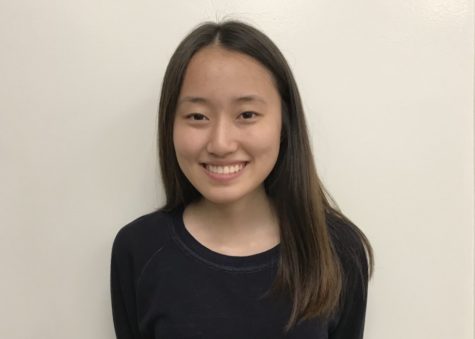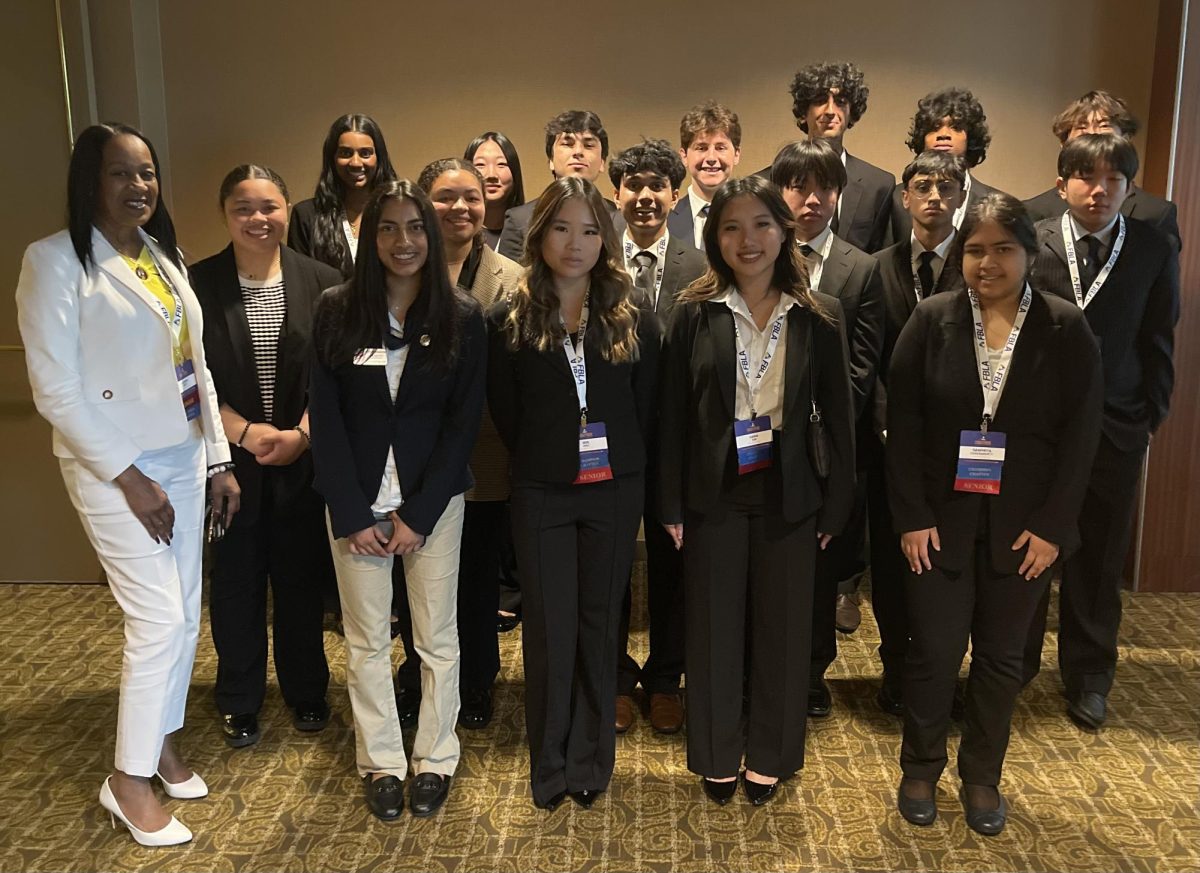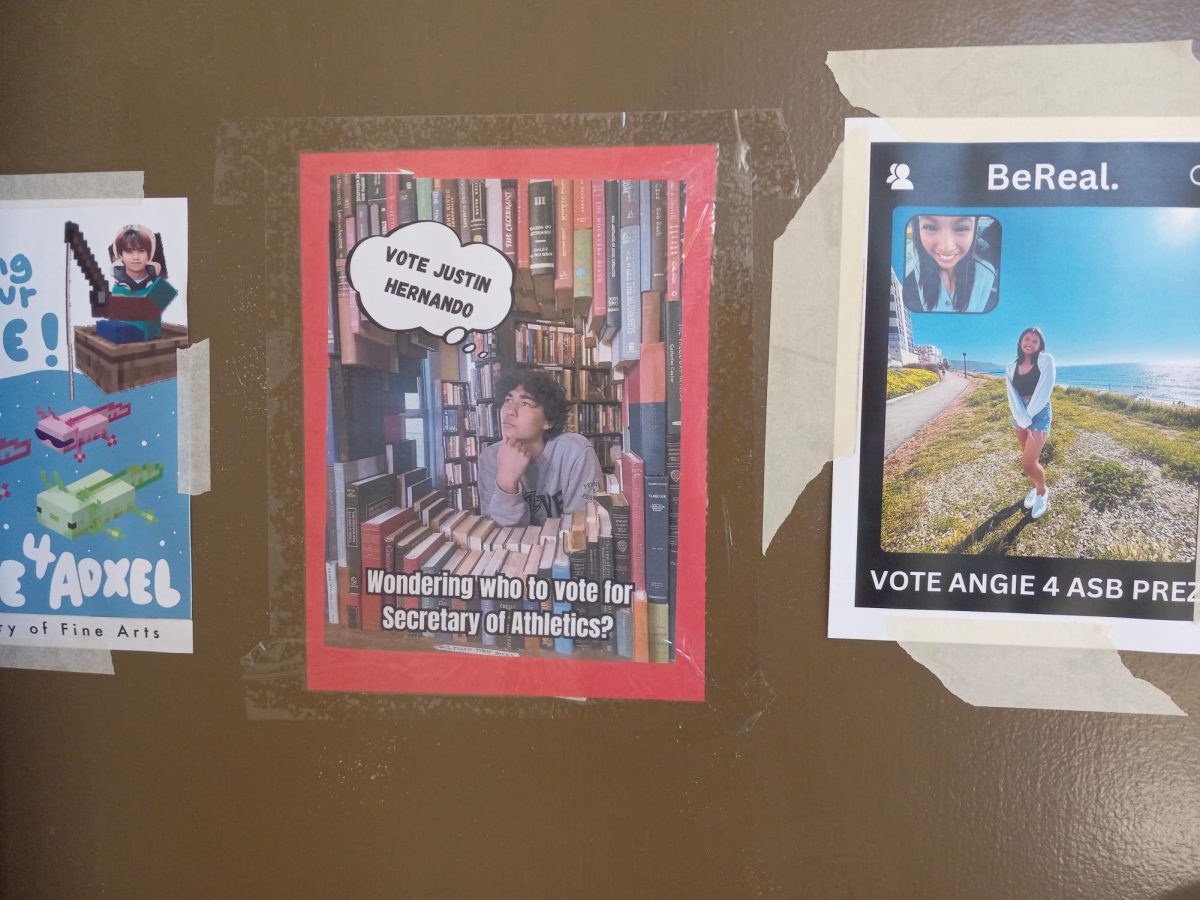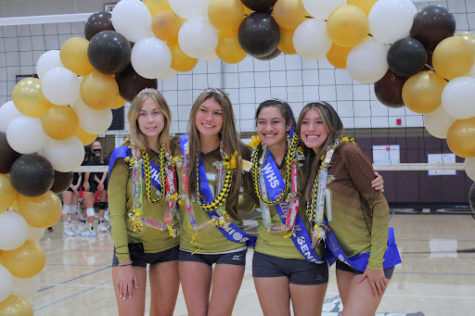A Mix of Hip Hop and Brazilian Culture

(Gustavo and Otávio Pandolfo)
January 24, 2017
Gustavo and Otávio Pandolfo, most commonly known as Os Gemeos, are identical twins born and raised in São Paulo, Brazil. They started out as breakdancers and gradually made their way into street art.
As graffiti artists, they have produced numerous amounts of projects with the use of any available materials, such as car paint and latex. With a huge influence of hip hop and Brazilian culture, the twins have found a way to use the world around them to create masterpieces.
Barry McGee, a painter and graffiti artist, gave the twins contact with well known street artists and professionals. This gave them great publicity to create in the world outside of Brazil.
Their graffiti art almost always consists of yellow-skinned characters, which was inspired by yellow-skinned characters from their dreams. The twins have taken over public buildings with their large murals of these yellow-skinned characters. With these characters, they create family portraits and works featuring social and political issues in life in order to strive to make their worldwide project have purpose.
Lauryn Tham (10) said, “With the different varieties of colors, they are really able to portray the diverse society of Brazilian culture.”
One of their works, The House of Maria, sold for $100,854. The painting shows a girl in traditional Brazilian wear painted on a wooden door, while behind her is another girl looking at her from behind a window. Some have said that the setting could be from the São Paulo neighborhood. Shown in museums of South America and the US, they have received attention from various street artists and the underground urban scene.
Susan Oshan (10) said, “I feel like the reason their artwork is so successful is because it can be interpreted in many different ways, rather than having only one meaning.”
The Pandolfo twins have helped graffiti art become a part of Brazil’s culture. They stated, “We are complementary: one completes the thought of the other all the time.”










